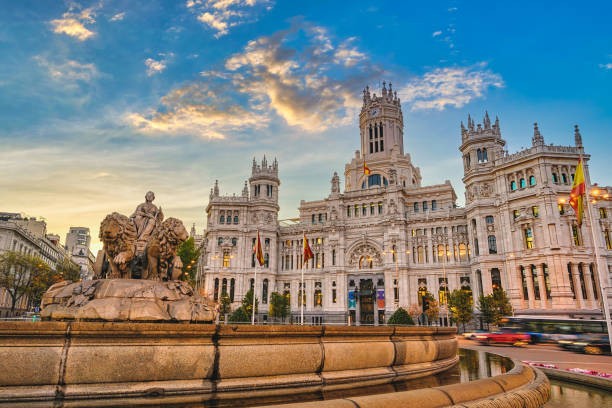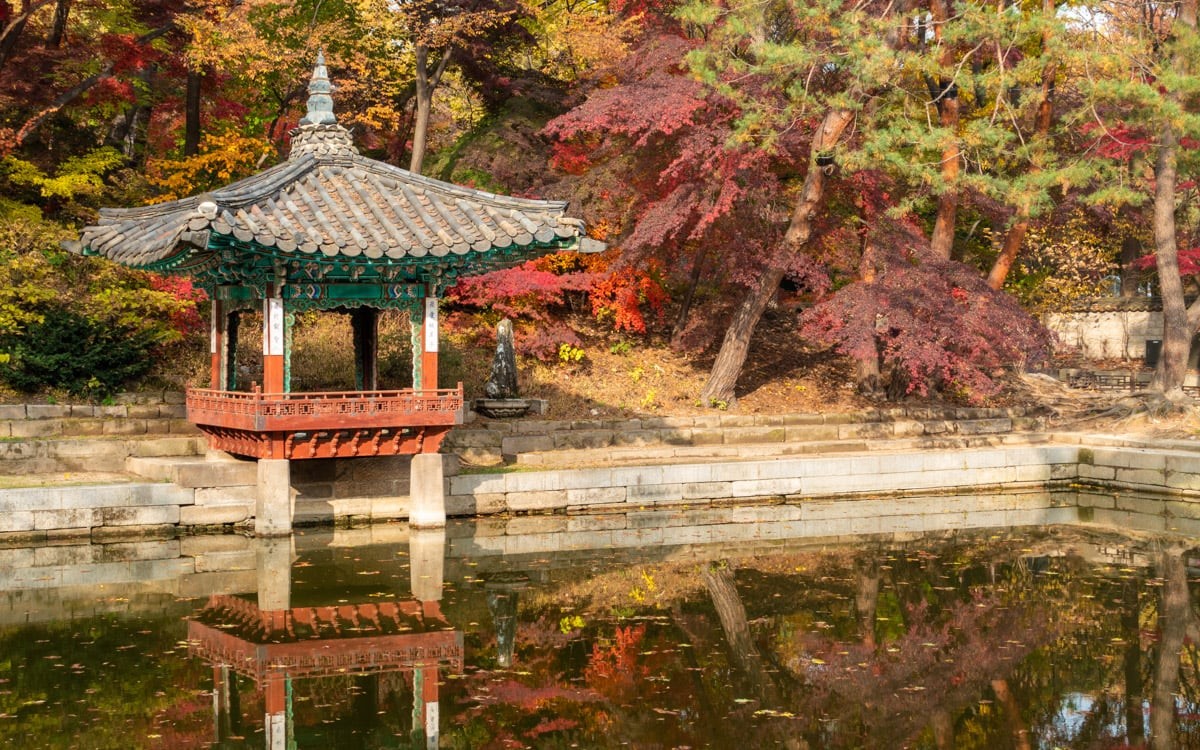
Madrid: History and Places to Visit
Madrid, the capital of Spain, is a vibrant city known for its rich history, grand architecture, and dynamic cultural scene. As the largest city in Spain and the political, economic, and cultural heart of the country, Madrid offers a perfect blend of historical landmarks and modern attractions. Its world-class museums, lively plazas, and royal palaces make it an essential destination for travelers.
History
Madrid’s history dates back to the 9th century when it was a small fortress established by the Moors. The city gained importance in the 16th century when King Philip II moved the Spanish court to Madrid in 1561, making it the capital of the Spanish Empire. Since then, Madrid has grown into a political and cultural powerhouse, witnessing major historical events such as the Spanish Civil War and the country’s transition to democracy in the 20th century.
Today, Madrid stands as a modern metropolis that retains its historic charm, with a mixture of traditional Spanish architecture and contemporary influences.
Places to Visit in Madrid
1. The Royal Palace of Madird (Palacio Real)
The Royal Palace is one of Madrid’s most impressive landmarks and serves as the official residence of the Spanish royal family, though they no longer live there. Built in the 18th century, this Baroque-style palace is one of the largest in Europe, with over 3,000 rooms. Visitors can tour the grand halls, the Throne Room, and the Royal Armory, as well as explore the palace gardens.
2. Prado Museum (Museo del Prado)
The Prado Museum is one of the most prestigious art museums in the world, housing an extensive collection of European art from the 12th to the early 20th century. With masterpieces by Spanish artists such as Francisco Goya, Diego Velázquez, and El Greco, the museum is a must-see for art lovers. Velázquez’s Las Meninas and Goya’s The Third of May 1808 are just two of the iconic works on display.
3. Retiro Park (Parque del Retiro)
Retiro Park is Madrid’s most famous green space and a peaceful retreat in the heart of the city. Once a royal garden, the park is now open to the public and offers a variety of attractions, including the stunning Crystal Palace (Palacio de Cristal), the large boating lake, and beautifully landscaped gardens. It's an ideal place for a leisurely stroll or a relaxing afternoon.
4. Puerta del Sol
Puerta del Sol is one of the most famous squares in Madrid and a central point for the city’s activities. This bustling square is home to several iconic landmarks, including the Statue of the Bear and the Strawberry Tree, the symbol of Madrid, and the clock tower at the Casa de Correos, where crowds gather to celebrate New Year’s Eve. Puerta del Sol is also the geographical center of Spain, marked by the Kilometer Zero plaque.
5. Plaza Mayor
Plaza Mayor is Madrid’s grand central square, surrounded by elegant, arcaded buildings. Originally constructed in the early 17th century, the square has served as a marketplace, a venue for bullfights, and the site of public executions. Today, it is a popular spot for both locals and tourists to enjoy outdoor cafes and admire the square’s impressive architecture, including the statue of King Philip III in the center.
6. Gran Via
Gran Vía is one of Madrid’s most famous streets, known for its impressive architecture, theaters, and shopping opportunities. Often referred to as the “Broadway of Madrid,” this lively avenue is home to many cinemas, luxury hotels, and retail stores. The street is also known for its iconic buildings, such as the Metropolis Building and the Telefónica Building.
7. Santiago Bernabeu Stadium
For football fans, a visit to Santiago Bernabéu Stadium, the home of Real Madrid, is a must. This iconic stadium offers guided tours that provide an in-depth look at the club’s history, trophy rooms, and behind-the-scenes areas such as the locker rooms and the pitch itself. It’s an unforgettable experience for sports enthusiasts.
8. Temple of Debod
One of the most unique attractions in Madrid is the Temple of Debod, an ancient Egyptian temple that was gifted to Spain in 1968 as a thank-you for helping save historical sites in Egypt. The temple was rebuilt in Madrid’s Parque del Oeste and offers stunning views of the sunset over the city.
9. Thyssen-Bornemisza Museum
Located near the Prado Museum, the Thyssen-Bornemisza Museum is another key institution in Madrid’s “Golden Triangle of Art.” It features an extensive private collection that spans from medieval to modern art, including works by artists such as Van Gogh, Picasso, and Monet. Its diverse collection complements the more specialized offerings of the Prado and Reina Sofía museums.
10. Reina Sofia Museum (Museo Reina Sofia)
Madrid is also home to the Reina Sofía Museum, which focuses on modern and contemporary art. The museum’s highlight is Pablo Picasso’s famous painting Guernica, a powerful anti-war statement. It also houses works by other renowned 20th-century artists such as Salvador Dalí and Joan Miró.
Conclusion
Madrid offers an incredible mix of history, culture, and modernity. Whether it’s exploring the grandeur of the Royal Palace, strolling through Retiro Park, or discovering masterpieces at the Prado Museum, the city promises a rich and varied experience. Its lively plazas, stunning architecture, and vibrant cultural scene make Madrid an essential destination for anyone looking to immerse themselves in Spanish history and art.





